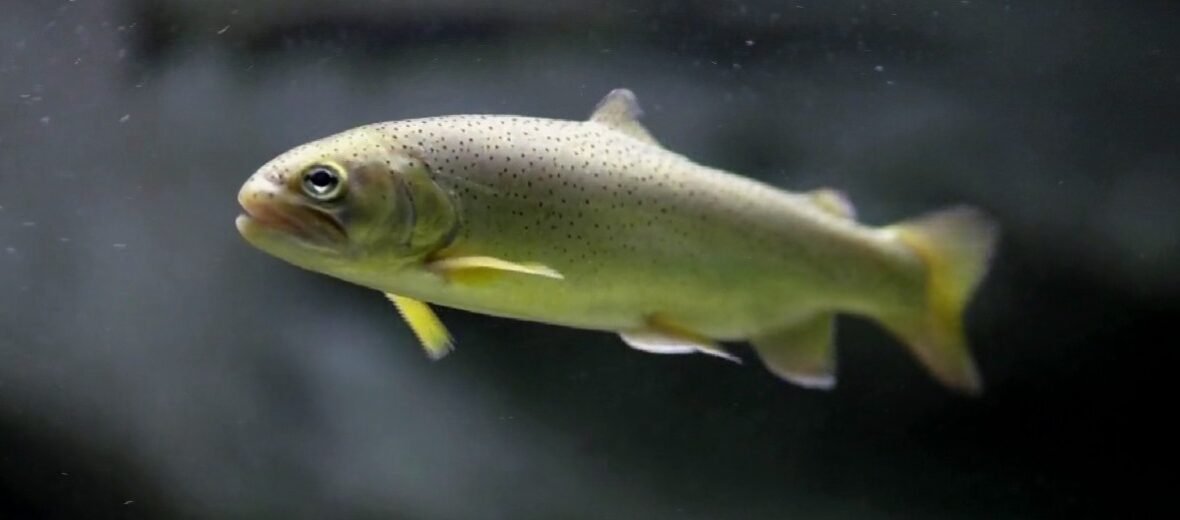
The Apache trout is Arizona’s state fish and was almost totally wiped out due to human interaction. The original distribution of Apache trout made up an estimated 800+ stream miles in the mountain watersheds of the White, Black, and Little Colorado Rivers at around 5,900 feet in elevation, located in eastern Arizona. By circa 1950, trout populations were confined to a mere 30 stream miles. That is less than 4% of their original distribution!
First the Stats…
Scientific name: Oncorhynchus apache
Weight: Up to 5 lbs.
Length: Up to 24 inches
Lifespan: Up to 6 years
Now on to the Facts!
1.) Due to stocking, these trout can now be found in Mount Graham, Pinaleno Mountains, and the Northern Rim of the Grand Canyon. Some lakes house them as well.
2.) Apache trout are raised in federal and state hatcheries, and reared fish have been used to assist with recovery and to maintain populations for sport fishing in certain streams and reservoirs.
3.) These trout eat aquatic insects like Trichoptera, Dipterafishes, small fishes, and zooplankton.
4.) Their main predators are other fish, invasive craw fish, and humans overfishing.
5.) Apache trout occur nowhere else in the world.
But wait, there’s more on the Apache trout!
6.) This trout species spawns from March – June.
7.) The male and female pair up with a mate over gravel or sandy substrate. Females dig a redd (nest) in this substrate with their tails and deposit their eggs. Then the male expresses milt over the eggs to fertilize them.
Did you know…?
As a result of stocking non-native trout and other species, the Apache populations were nearly wiped out completely; due to, in part, predation.
8.) The female typically produces from 72 – 240 eggs.
Now a Short Apache Trout Video!
Also, check out the Critter Science YouTube channel. Videos added frequently!
Want to suggest a critter for me to write about? Let me know here.



